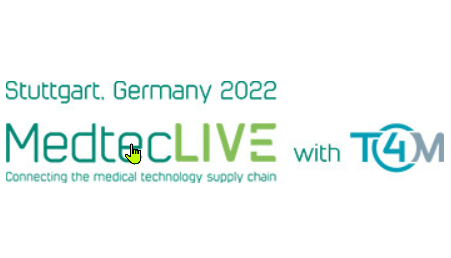
The EU has designated several UDI issuing entities (Issuing Entities) to provide manufacturers with various options for generating and managing their Unique Device Identifiers (UDIs). The currently recognized entities are:
- GS1 AISBL
- Health Industry Business Communications Council (HIBCC)
- ICCBBA
- Informationsstelle für Arzneispezialitäten (IFA GmbH)
Each of these organizations has its own standards and methods for assigning UDI codes. The differences in these systems have both advantages and disadvantages, depending on the type of medical device, the target region, and the specific requirements of the manufacturer.
Why are there multiple UDI issuing entities?
The idea behind multiple issuing entities is to ensure flexibility and freedom of choice for manufacturers. Different companies have different needs, including:
- Regional preferences (some standards are more international, others are more regionally widespread)
- Special requirements depending on the product type (e.g., blood products, implants, pharmaceuticals)
- Compatibility with existing ERP or supply chain systems
- Cost and organizational complexity of implementation
Because UDI does not require a specific issuing body to be a mandatory standard in the EU, manufacturers can choose the most efficient and cost-effective option for their products.
Comparison of the four UDI allocation bodies
Here are the key differences between the four UDI allocation bodies:
1. GS1
- Primary target group: General medical devices, widespread use
- UDI format used: GTIN (Global Trade Item Number)
- UDI number structure:
- GTIN (14 digits) as the basis
- Additional data such as batch, expiration date, and serial number encoded using Application Identifiers (AIs)
- Example: (01)01234567890128(17)240630(10)A123 (GTIN + expiration date + batch number)
- Advantages:
- Widely used globally (retail, pharmaceuticals, medical technology)
- Strong integration into ERP systems (SAP, etc.)
- Easy to implement for manufacturers already using GS1
- Disadvantages:
- Strict format, less flexible for certain specialty products
- Number range is smaller than HIBC
- Price-wise More expensive than the others
2. Health Industry Business Communications Council (HIBCC)
- Primary target group: Medical devices and hospital supplies
- UDI format used: HIBC (Health Industry Bar Code)
- UDI number structure:
- Alphanumeric format (up to 18 digits)
- Contains labeler identification, product code, package code, check digit
- Example: A123B456C789D12X
- Advantages:
- Flexible format for different device types
- Supports both numeric and alphanumeric codes
- Suitable for the US market
- Disadvantages:
- Less widespread than GS1
- More complex implementation
3. ICCBBA
- Primary target group: Biological products, blood, tissue, cell therapies
- UDI format used: ISBT 128 (International Standard for Blood and Transplant)
- UDI number structure:
- Alphanumeric code with fixed structures for donor numbers, product codes, and Data Elements
- Example: =12345ABC67890D<=240630 (Donor ID + Product Code + Expiration Date)
- Advantages:
- Specifically developed for biological material
- Meets regulatory requirements for blood and transplant products
- Disadvantages:
- Only suitable for a narrow product range
- High level of specialization means it is unsuitable for general medical devices
4. Information Center for Specialty Medicinal Products (IFA GmbH)
- Primary target group: Medicinal products and pharmaceutical products
- UDI format used: PPN (Pharmacy Product Number)
- UDI number structure:
- PPN is based on a 10-digit Pharmazentralnummer (PZN), which is converted into a 16-digit alphanumeric structure
- Example: PPN0123456789ABCDEF
- Advantages:
- Optimized for drug identification
- Strong connection to pharmacy and pharmacy systems
- Used in Germany and Europe in Pharma Widely used
- Disadvantages:
- Not suitable for general medical devices
- Limited global distribution outside Europe
- Which UDI allocation authority is right for you?
Choosing the right UDI allocation authority depends heavily on the type of product:
- Medical devices with global distribution generally benefit most from GS1, as this system is the most widely used.
- Manufacturers focused on the US market may want to consider HIBCC, as it is often preferred there.
- Blood products and biologics should use ICCBBA (ISBT 128), as it was developed specifically for these products.
- Pharmaceutical manufacturers in Europe have the most integrated system for their needs with IFA (PPN).
With four official UDI allocation authorities, the EU offers a flexible choice for manufacturers who need to register UDI data in EUDAMED. Companies should carefully analyze the differences to choose the optimal system for their product category and global distribution goals.
Would you like to learn more about which UDI solution is best for your company? Contact us.






Related Posts